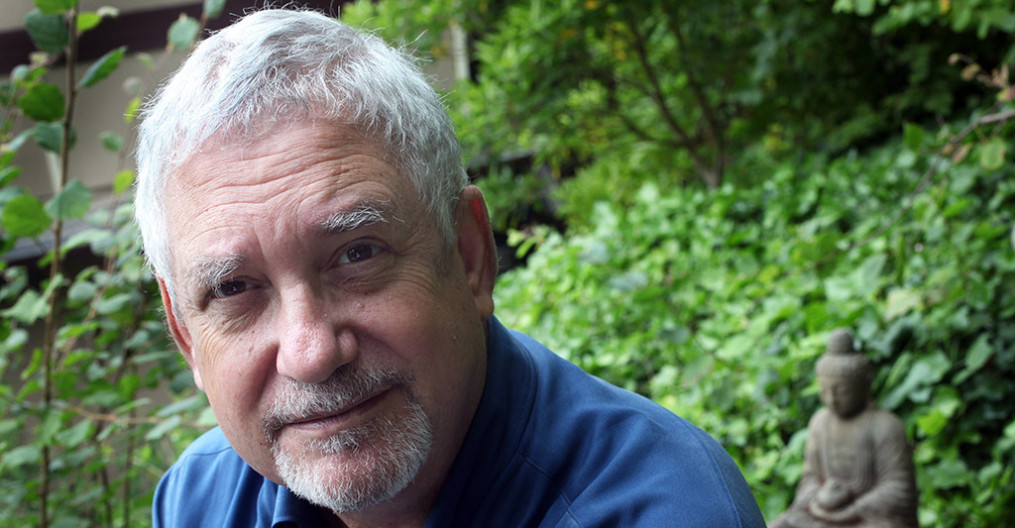The last post on aging parents garnered more comments than any other in the history of this blog, so clearly this is a topic that touches many people. The experiences people have range from the touching and poignant (“Do you know who I am, Mom?” “Yes, you’re my baby”) to the heartbreaking (the father whose dying words were obscenities). As I said in my last comment to the previous post, “These posts explore the pain that is at the very center of what love is, and what life is.”
The cultural context for our Western way of dealing (or not dealing) with aging parents was expressed in a nutshell by the comment “The difficult part was moving a person to a care facility when all they want to do is go home.” I remember when I myself was in a rehab hospital for three months, and from beginning to end that is all I wanted, to go home (never mind that for most of my time there I was in absolutely no condition to be at home, nor could anyone have taken care of me there).
We all want to go home and be home, wherever that is, and historically it is our parents who first bring us into the world and make a home for us there. We as adult children of our aging or dying parents want to be home too as much as they do, and maybe the difficult lesson from the Buddhist tradition to be had from this deep desire to be home is that in the end the only true home is this present moment, wherever we happen to be. Any other home is one that we will eventually lose.
Last post I suggested a modification of the Metta prayer (“In caring for my parents, may I be filled with loving kindness.”). Here I would like to begin speaking about a different kind of practice, one inspired by the tonglun or “sending and receiving” compassion practice of Tibetan Buddhism.
If we are caring for aging parents, this practice begins by looking in the mirror. We see the adult that we are, but if we look more closely we can also see the child we once were, in all the stages of our life. That is what our parent sees; they see the child in us, even though we are now the adult that has to now take care of the aging parent as though they were the child—a difficult and complex role reversal.
Keep looking in the mirror; the child we once were is still there, and that child is now grieving for the strong parent that once protected us and now needs our protection. Where is Mom or Dad now, that child is asking? And how is that child feeling?
Next post I will talk about how to practice “sending and receiving” meditation as an offering of compassion to the child who is still within us, and who needs our care inwardly as much as our aging parent needs our care outwardly.
I look forward as always to your comments!
